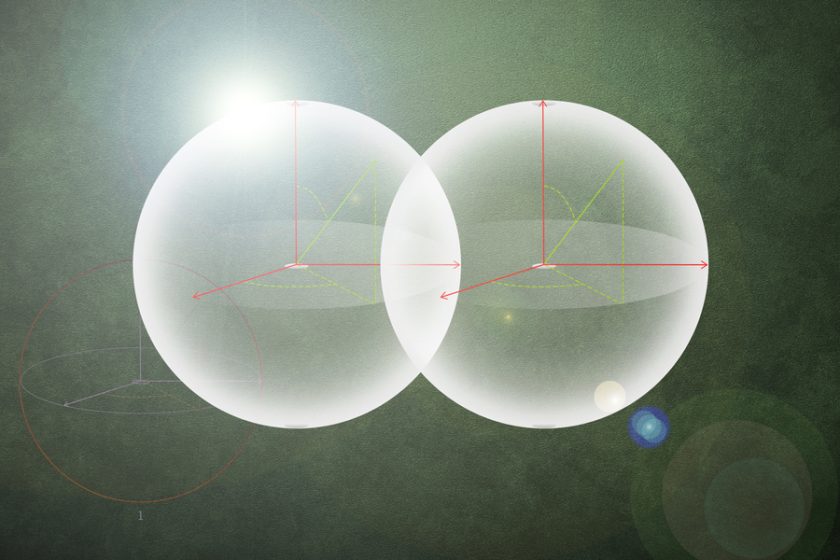
Have you ever watched two kids on swings, tied together by a spring? When one swings, the other starts moving too. That’s how scientists often imagine the relationship between light and matter at the quantum level. They call this a coupling , a way for two systems to influence each other.
In traditional setups, this connection is linear, like that simple spring. It’s effective, but it comes with some limitations. The “swings” might wobble unpredictably, or you might not be able to measure one without disturbing the other.
But recently, researchers tried something new.
They used a special circuit component called a quarton coupler. It’s like an advanced version of the spring, more like a smart bungee cord. It connects the swings in a way that’s not only strong, but also stable. One swing can stay calm and steady, while the other reacts and carries all the information. This type of interaction is called nonlinear coupling.
So, Why is This a Big Deal?
This new kind of coupling lets artificial atoms (used in quantum computers) and particles of light exchange information incredibly fast, somewhere around billionths of a second. That kind of speed could help make quantum computers faster and more reliable.
This new coupler avoids a problem that plagued earlier methods. Usually, making the connection stronger causes unwanted “noise” inside the system, it’s like trying to turn up the volume and getting distortion instead of clarity. But with the quarton coupler, researchers got strong connections without the noise, making everything cleaner and easier to control.

A Flexible Tool for Quantum Tech
By tuning this coupler, scientists were able to shift between different kinds of interactions:
- Light-to-matter, where one side is stable and the other reactive,
- Light-to-light, where both sides act like gentle waves,
- And matter-to-matter, where both behave like solid blocks of information.
These modes are like the different gears inside a watch. One gear, the simplest and smallest, works smoothly and steadily, like the second hand ticking away reliably, helping you read the time accurately. This is similar to the part of the quantum system responsible for quickly reading and retrieving data; it’s fast, consistent, and precise.
Then, there’s another gear, a bit more complex and perhaps larger. This one drives the intricate movements that power the watch, ensuring everything stays in sync and operates correctly. This resembles the logic gates in a quantum computer; they perform the complex computations and operations needed to process quantum information, like flipping a qubit from one state to another.
Both gears, while different in their function, work together to keep the watch running smoothly and on time. Similarly, in quantum computing, the fast data reading and complex processing work in harmony, allowing the entire system to function efficiently and accurately.”
Takeaway
This research doesn’t just showcase an impressive trick. It could help shape the next generation of quantum technology. With this kind of speed and control, quantum computers could become more powerful, more practical, and much closer to real-world applications.
Source: MIT News



